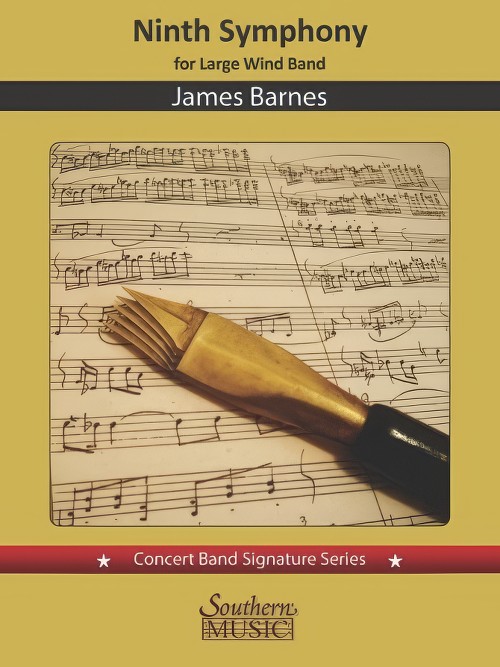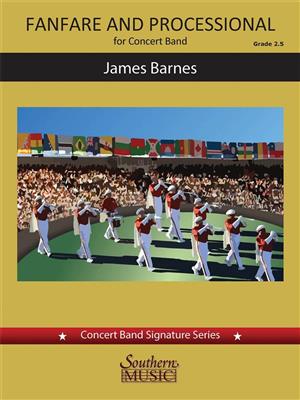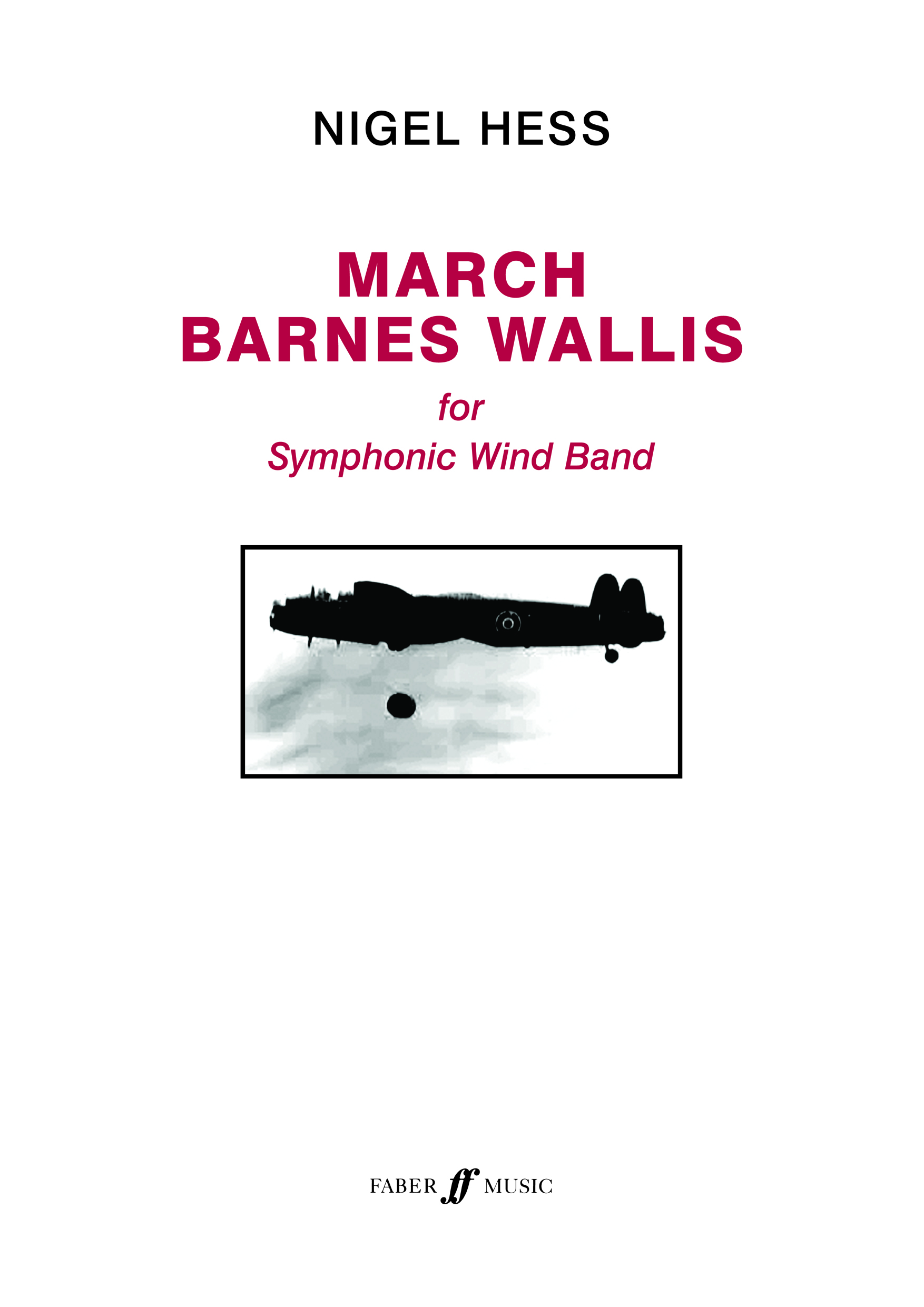Results
-
£55.00
March Barnes Wallis (Score & Parts) - Nigel Hess
March Barnes Wallis was commissioned by Royal Air Force Music Services to commemorate the 70th anniversary of the famous Dambuster's raid and received its first performance on BBC Radio 2's Friday Night is Music Night, broadcast live from Biggin Hill Airport on 17 June 2013 by the Central Band of the RAF, Director of Music Wing Commander Duncan Stubbs.
In stock: Estimated delivery 1-3 days
-
 £49.99
£49.99March Barnes Wallis (Concert Band - Score and Parts) - Hess, Nigel
March Barnes Wallis was commissioned by Royal Air Force Music Services to commemorate the 70th anniversary of the famous Dambuster's raid and received its first performance on BBC Radio 2's Friday Night is Music Night, broadcast live from Biggin Hill Airport on 17 June 2013 by the Central Band of the RAF, Director of Music Wing Commander Duncan Stubbs. Duration: 5.30
Estimated dispatch 7-14 working days
-
 £79.99
£79.99Commemoration - James Barnes
Commemoration was commissioned by the members of the Northwest North Carolina Bandmasters Association to recognize the distinguished career of Dr. William A. Gora, the longtime Director of Bands at Appalachian State University, who passed away in 2015. Bill was loved by his students, respected by his peers and cherised by his many friends. A brilliant musician, a fine conductor and a warm human being with a marvelous sense of humor, Bill has been sorely missed by all. Gora was friends with composer James Barnes for over 40 years. They met when Barnes was still in graduate school at Kansas and Gora had just finished his DMA at the University of Florida. When the NNCBDA asked Barnes to compose a work in Bill's honor, he was honored to do so. He decided to write a cheerful work for Bill, full of energy, color and melody, because he knew this is what he would have wanted; no funeral dirges for Bill Gora. The soft middle portion of the work, a hymn-like tune scored in saxophone choir, was included because Bill was a fine saxophonist and, for many years, the saxophone teacher at ASU.
Estimated dispatch 7-14 working days
-
 £309.99
£309.99Symphony No. 9, Op. 160 - James Barnes
Premiered on September 21, 2018 in Lawrence, Kansas by the University of Kansas Wind Ensemble (Dr. Paul Popiel, conducting), James Barnes' Ninth Symphony was composed between January and late June of that same year. This large work was commissioned by a consortium of twenty-one college bands, community bands, professional bands and individuals to help mark the 70th birthday of the composer (b. 1949). It is an expansive forty-minute work in four movements, of which the composer writes, This is my last symphony... this work represents a compendium of all that I have learned during the fifty years of composing and scoring for this wonderful new medium: the modern wind band. The first movement, subtitled Elegy, is based around G minor. It is the longest movement of the symphony. Tragic and despondent in character, it is cast in sonata-allegro form. The second movement is entitled Scherzo. Barnes claims that I have always wanted to write a waltz, and that is how this movement is cast, in a modified rondo form in D minor. In contrast to the mood of the first movement, the scherzo is a delightful posy of expansive melody, splashy color, humor and rhythm. The third movement, which is in a modified tertiary form, is entitled Night Music. In contrast to the scherzo, this movement begins with a mysterious incantation, first displayed by solo Alto flute. The music becomes even darker and more mysterious, while overall the movement effectively expresses an otherworldly mood, ending with a solo soprano offstage which suddenly emerges, eerily singing a modified version of the opening incantation. Cast in sonata-allegro form, the fourth movement is most definitely a rousing Finale, beginning with a brilliant fanfare and undergoing several mood transformations before emerging into the final coda, ending the symphony with an energetic splash of color.
Estimated dispatch 7-14 working days
-
 £309.99
£309.99Ninth Symphony (Concert Band - Score and Parts) - Barnes, James
Premiered on 21 September, 2018 in Lawrence, Kansas by The University of Kansas Wind Ensemble (Dr. Paul Popiel, conducting), James Barnes' Ninth Symphony was composed between January and late June of that same year. This large work was commissioned by a consortium of twenty-one college bands, community bands, professional bands and individuals to help mark the 70th birthday of the composer (b. 1949). It is an expansive forty-minute work in four movements, of which the composer writes, "This is my last symphony...this work represents a compendium of all that I have learned during the fifty years of composing and scoring for this wonderful new medium: the modern wind band." The first movement, subtitled Elegy, is based around G minor. It is the longest movement of the symphony. Tragic and despondent in character, it is cast in sonata-allegro form. The second movement is entitled Scherzo. Barnes claims that "I have always wanted to write a waltz," and that is how this movement is cast, in a modified rondo form in D minor. In contrast to the mood of the first movement, the scherzo is a delightful posy of expansive melody, splashy color, humor and rhythm. The third movement, which is in a modified tertiary form, is entitled Night Music. In contrast to the scherzo, this movement begins with a mysterious incantation, first displayed by solo Alto Flute. The music becomes even darker and more mysterious, while overall the movement effectively expresses an "otherworldly" mood, ending with a solo soprano offstage which suddenly emerges, eerily singing a modified version of the opening incantation. Cast in sonata-allegro form, the fourth movement is most definitely a rousing Finale, beginning with a brilliant fanfare and undergoing several mood transformations before emerging into the final coda, ending the symphony with an energetic splash of color. Duration: 40.00
Estimated dispatch 7-14 working days
-
 £89.99
£89.99Capriccio, Op 170 - James Barnes
Capriccio is the third composition by James Barnes that resulted from a commission by the Zushi High School Alumni Band in Kanagawa Prefecture, Japan. It is a light-hearted, happy piece in rondo form, full of bell tones in the brass, accompanied by jazzy harmony, long melodic lines and lots of counterpoint in the woodwinds.
Estimated dispatch 7-14 working days
-
 £79.99
£79.99Hope Arises - James Barnes
Hope Arises is one of two new works requested in 2021 of composer James Barnes by Colonel Donald Schofield, to be written for the United States Air Force Band. It is a short piece intended to be used as an opener for AFB's tour concerts. It opens with a dramatic brass fanfare, based on consecutive perfect fourths first introduced by horns and euphoniums, followed by a short oboe solo. An ascending line in mallets and woodwind provide a rather celestial transition, taking the listener to a lively, melodic allegro, which is based on the same opening fourths. This allegro theme is developed until a return to the opening fanfare is powerfully re-announced in brass. The work concludes quite dramatically, and includes a return of the ascending line in woodwinds, mallets, harp and piano.
Estimated dispatch 7-14 working days
-
 £72.99
£72.99The Lightning Brigade - James Barnes
Composed for the Indiana Wind Symphony, The Lightning Brigade by American composer James Barnes celebrates John T. Wilder, an Indiana historical figure in the Civil War who headed a famous brigade of the work's namesake in a pivitol battle. The march is a fun and rousing climax to any concert program. (Grade 3.5)
Estimated dispatch 7-14 working days
-
 £72.99
£72.99Fanfare and Processional - James Barnes
Fanfare and Processional by celebrated composer James Barnes is a rousing concert opener for younger bands, or may be performed as an occasional piece at ceremonies. (Grade 2.5)
Estimated dispatch 7-14 working days
-
 £112.50
£112.50Blue Lake - John Barnes Chance
Commissioned by the Blue Lake Fine Arts Camp in Michigan and premiered in 1971, this dynamic composition by John Barnes Chance has a unique history. The outer sections of the work feature a rhythmic intensity created in part by Chance's free use of eight-note groupings of 2 and 3. However, when first published, the meter was changed to 4/4 resulting in awkward notation of these figures. Through painstaking research by Carl Bjerregaard, Donald Flickinger, and Myron Welch (all connected with Blue Lake) this revised edition restores the asymmetric meters as the composer originally intended.
Estimated dispatch 7-14 working days

